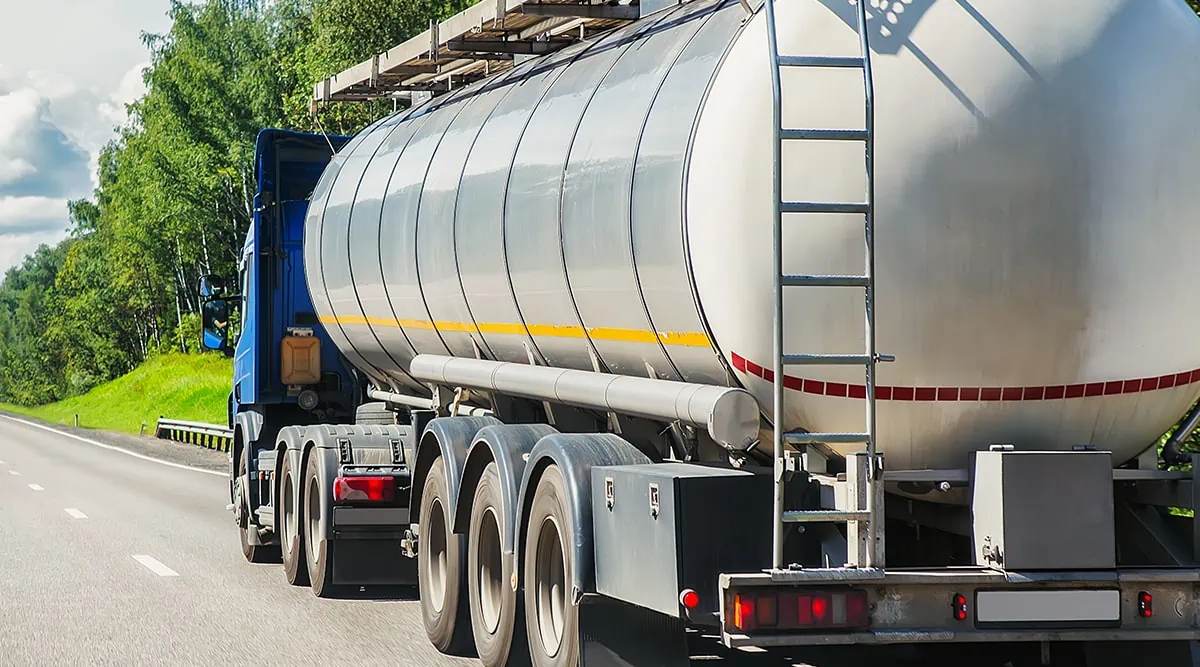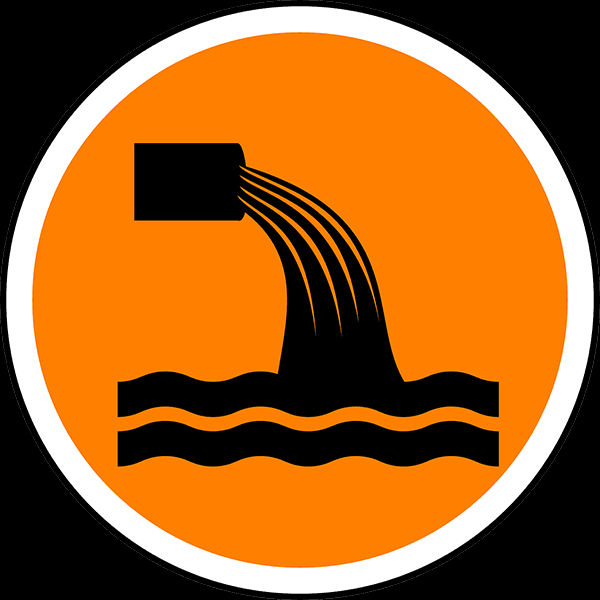How Reclaim Waste can Save You Time, Stress, and Money.
How Reclaim Waste can Save You Time, Stress, and Money.
Blog Article
The Ultimate Guide To Reclaim Waste
Table of ContentsThe Basic Principles Of Reclaim Waste Examine This Report about Reclaim WasteThe Basic Principles Of Reclaim Waste What Does Reclaim Waste Mean?The Best Guide To Reclaim WasteThe Best Guide To Reclaim Waste

Never place damaging substances down sinks, toilets or stormwater drains Materials consisting of fuel, oil, oil, pesticides and herbicides, and solvents such as paint pole dancers ought to not be put down sinks, commodes or stormwater drains pipes. These materials are hard to eliminate in the sewage treatment procedure and cause air pollution issues in our regional waterways.

Although liquid waste is a term that covers a wide selection of materials, there's a great factor why leaving its disposal to the professionals is recommended. Fluid waste is non-solid material that has no further use and must be dealt with and disposed of according to neighborhood, state and federal regulations.
The 3-Minute Rule for Reclaim Waste
Although instances of liquid waste can include wastewater, fats, oils or grease, used oil, fluids, solids, gases or sludges and harmful house fluids, there are some that are considered to be a lot more dangerous than others when it involves the atmosphere and the health of animals and people alike. It's for this factor that each state and area have stringent regulations connected to fluid waste monitoring.
Liquid waste can be kept in holding containers or packaged in drums, intermediate bulk containers or authorized tiny containers prior to either being treated or removed through outsourced vacuum cleaner vehicles. Provided the nature of the materials, liquid waste can not enter the basic waste stream and there are strict regulations on how to throw away it appropriately.
(https://leonaube33101.wixsite.com/reclaim-waste/post/effective-liquid-waste-removal-and-disposal-everything-you-need-to-know)Depending on a decision of the degree of danger, it might be required to remediate those websites. Furthermore, hazardous fluid chemical wastes are regulated waste and has to be tracked according to the state waste regulation. Under the chain of wardship and responsibilities, proprietors are responsible and liable for waste created by an organization.
Among the core applications for superabsorbent polymers (SAPs) is fluid waste solidification. industrial wastewater treatment. SAPs are used by waste administration experts to stop potentially harmful liquids from going into waterways, groundwater aquifers, and other delicate atmospheres. Because liquids can quickly deliver pollutants into environmental receptors and potentially add to geotechnical failings, fluid wastes are generally prohibited from disposal in garbage dumps
4 Simple Techniques For Reclaim Waste
Basically, totally free liquids are liquids that separate from the strong portion of waste material. Fluid waste can include the following: HDD mud and cuttings Garbage dump leachate Wastewater therapy sludge & biosolids Dredged sediments Oil and gas drill cuttings Clearing up fish pond filth Hydro Excavation slurry Coal burning residuals/ash Storage tank bottom sludge Concrete grinding/polishing slurry Related Article: For a functional instance of totally free fluids dividing from waste product, consider the complying with circumstance: A waste management contractor tons a dump truck with sludge from a wastewater therapy plant's aeration basin, during a routine maintenance event.
Nonetheless, when the motorist gets to the land fill, he notices water leaching from the sludge and putting from the dump truck. The lots was turned down by the landfill and the driver was compelled to throw away the waste as a fluid waste at a special facility, which raised the disposal costs significantly.
We additionally require to be responsible for the correct disposal of our waste materials. It is not enough that advice we pay waste disposal companies to take treatment of our rubbish.
The Main Principles Of Reclaim Waste

Segregating your waste can start inside the home. Set apart completely dry and liquid waste as well as edible waste, eco-friendly and non-biodegradable products.
Layer the base with dirt to soak up the wet waste. Layer the garden compost with wet and dry waste as well as soil to preserve an equilibrium between the wet and the dry.
Fascination About Reclaim Waste
To promote faster disintegration, you can additionally include semi composted soil to the garden compost. If you notice the scent is coming to be also strong, add extra newspapers and paper waste or include even more holes to the garden compost bin to maintain the equilibrium of the waste products.
The globe is sinking in rubbish and we can not manage to be careless anymore. We have to act and reuse whatever we can wherever we can. We also require to be in charge of the proper disposal of our waste products. It is insufficient that we pay garbage disposal companies to take care of our rubbish.
Our waste, our duty. Have you ever before wondered what happens to your liquid waste after it's accumulated? Did you understand that fluid waste can be recycled?
The Best Guide To Reclaim Waste
Segregating your waste can start inside the home. Segregate dry and liquid waste as well as edible waste, biodegradable and non-biodegradable materials.
You can use old garbage can, container, garden pot or old plastic drums. Drill 4 to 5 openings in the container so the air can circulate. Layer all-time low with soil to absorb the damp waste. Begin the composting procedure. Layer the compost with damp and completely dry waste along with soil to keep a balance in between the wet and the dry.
Cover the garden compost bin. When a week, add soil on top of the compost. To help with faster disintegration, you can additionally include semi composted soil to the garden compost. Preserve the garden compost. If you notice the smell is becoming too solid, include added papers and paper waste or include more holes to the compost bin to keep the balance of the waste products.
Report this page